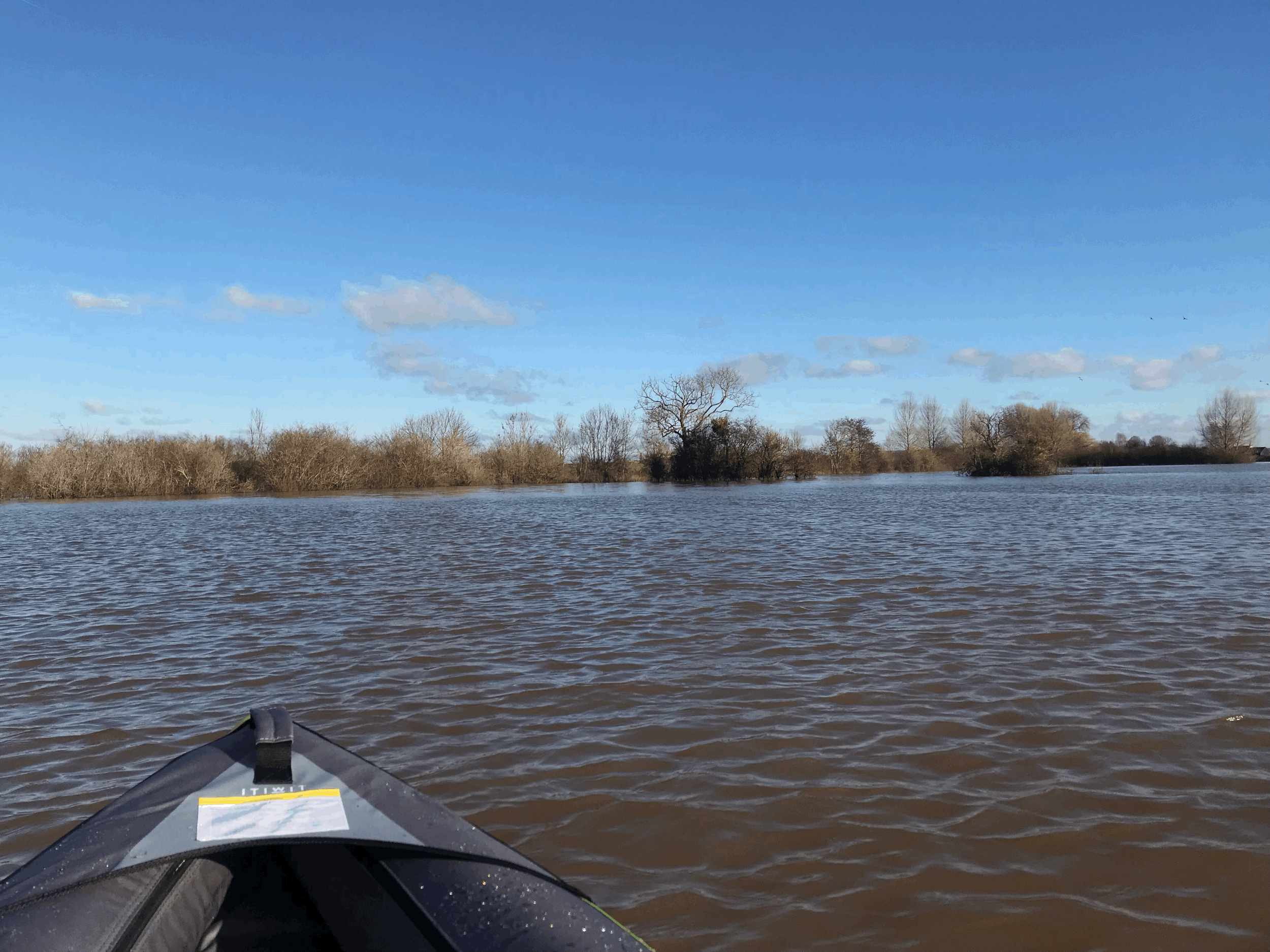King Alfred’s day
This Saturday, October the 26th, is King Alfred’s day. It’s not the best known memorial day in England, but it marks the date of his death in the year AD 899. King Alfred, leader of the west Saxons, is credited with laying the foundations for the first Kingdom of England, and has a special place in our hearts at Somerset Wildlands. It was at the ‘Isle of Athelney’ right next to one of our rewilding sites that he sought refuge from the Vikings in 878, rallying his scattered troops before going on to beat them at the battle of Edington. It was a seismic moment, marking the beginning of the end of Viking dominance and seeing the conversion of the Viking leader Guthrum to Christianity. In the decades that followed Alfred had many more victories against the Vikings, built a strong of defensive forts, sponsored monasteries and centres of learning and went on to create the conditions for the first unified English kingdom to emerge.
It is no exaggeration to say that without the swamps and wetlands of the Somerset Levels, things may have turned out very differently, and England as we know it may not exist. It’s for this reason we have sometimes said we are rewilding the ‘birthplace of England’, which we think is a nice symbol of the kind of place we could be in future.
Of course rewilding is not about going back in time, and we are not trying to recreate the landscape from Alfred’s day, but its fascinating to look at the past as a guide to the kinds of habitats which once flourished here, and which could do again.
So what was Athelney like in the past? It’s hard to be sure, but we know from sources written around Alfred’s time that the Isle of Athelney was then ‘surrounded by impassable fens and waters on every hand, where no one can enter but by boats, or by a bridge laboriously constructed between two fortresses.’
The two fortresses being referred to are the Isle of Athelney itself and the nearby village of East Lyng to which it would have been connected by a causeway, as can still easily be seen in the LidAR image below.
LiDAR image showing the Isle of Athelney on the right connected to East Lyng by a raised causeway. You can also see the original like of the river Tone snaking between them. Source: Archi Maps, Copyright Environment Agency.
So it seems like the immediate area around Athelney was probably very wet, but in a wider area of fenland (which generally means a bit drier with grasses and bogs). Given that this is often still the case for several months of the year when the winter flood waters are up it is not hard to imagine it in Alfred’s time (see below). While the original course of the River Tone has been changed, to this day the road between East Lyng and Athelney is raised to prevent it flooding.
Saplings emerging above the floodwaters at Athelney, January 2024.
Aerial image of winter floods around Athelney, January 2023.
Kayaking just below the Isle of Athelney, January 2024.
But it was not all water. The landscape in Somerset is more broadly described as the “woodlands and swamps of Somersetshire”, and given that there were (presumably terrestrial) battles and meetings at Aller and Wedmore in the Levels there must have been substantial dry areas.
Most likely the wider area was a mixture of flooded low lying sites, fens, wet marshes and grasslands and wet forests.
Archaeological evidence from Athelney backs this up, with core samples showing that the site has alternated between wetter and drier periods. During some of the wettest periods the entire area was under water as sea levels rose, during others it would have fluctuated between wet marsh and sedges, peat bogs and wet Carr woodland. We know there was woodland on our Athelney because archaeologists have found large amounts of well preserved wood, deep in the peat layers. The last dates we have for peat formation were in the early medieval period - around the middle of the 6th century, although it may have gone on later than this. However by Alfred’s day it seems like that the land was wetter again, with more open water amongst the reeds and patches of woodland.
Archaeologists taking core samples from the soil at Athelney. Source: Theo Reeves, University of Birmingham.
As for the wildlife, sadly the early writers make very few references to animals at the time, but experts have some inferences from place names, records and archaeology.
According to the sources we have seen, bison, moose, bears and aurochs would already have been gone by Alfred’s time. Lynx may still have been found in remote parts of Yorkshire, Cumbria and Scotland. Whether or not they were still in the Levels by this point we have no evidence, but it seems unlikely. Beavers, wild cats and pine martens would all likely still have been known in the Levels and the surrounding area, as would sturgeons and eels which would have been found in huge numbers.
Wolves were definitely still found in England at this time, but would already have been becoming scarce in more populated areas (indeed it was Alfred’s grandson Athelstan, who would play a big role in the decline of the wolf, requesting 300 wolf skins as tribute from a defeated King in Wales). We have seen no direct evidence for wolves in the Levels at this time, but given the relative isolation and wildness of the place it is not impossible that they would have been found in 9th century, at least occasionally.
The bird life of the Levels would have been very rich. Pelicans, which had once lived in the Levels were probably already gone, but sea eagles, osprey, spoonbills, cranes and many other would have been present. Bustards were found in drier areas. The quantities of every day birds were probably vast too, with huge flocks of waders and water birds, and species which are now sadly rare - like cuckoos - common throughout the land. It is this every-day richness which would probably be the biggest shock if we were to go back in time. Out to sea things would have been dramatically different, with huge oyster beds and vast near-shore shoals of fish still present, accompanied by great whales and sharks. On the offshore islands like Lundy Great Auks (or Garefowl) would have been found.
The realisation of so much loss can be devastating, but it can also be a source of hope, giving us an idea of the kind of riches and joy we could have back in our lives and lands, if we choose to allow it. Rewilding, creating space for nature and returning species is often presented as a cost, a burden which will require changes to economics and diets - but it does not need to be seen like this. We have a fantastic opportunity to do something wonderful, to allow nature to rebuild itself and our place within it. Even in just the last two years of rewilding at Athelney the changes are wonderful. In future years when it floods it will look less like floodwaters over fields of short grazed grass, and more like the swamp and flooded forest it may once have been. Whether King Alfred would have understood or cared about any of that is impossible to say, but it’s a good opportunity to reflect.
1) https://www.gutenberg.org/cache/epub/63384/pg63384-images.html#sec_55





